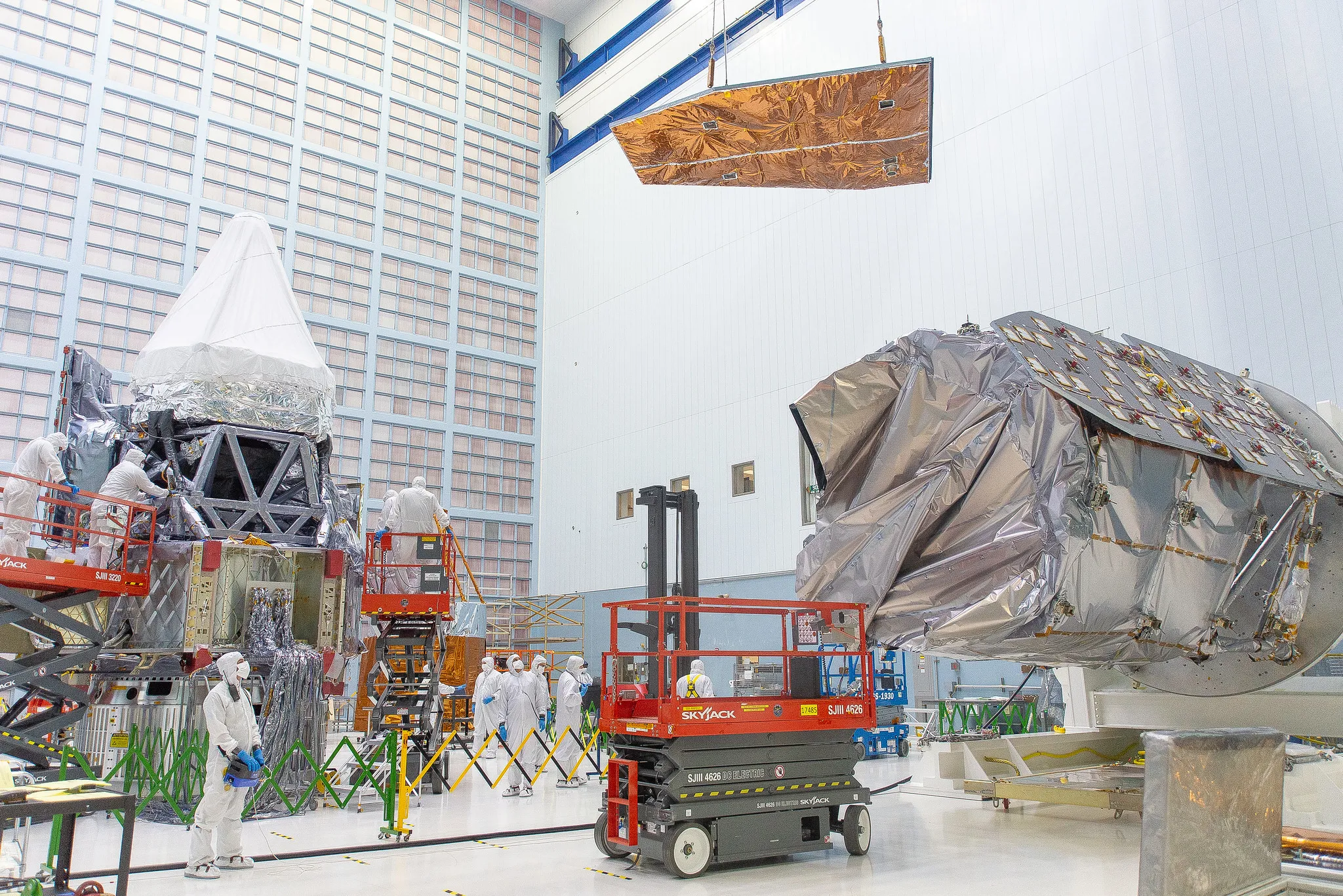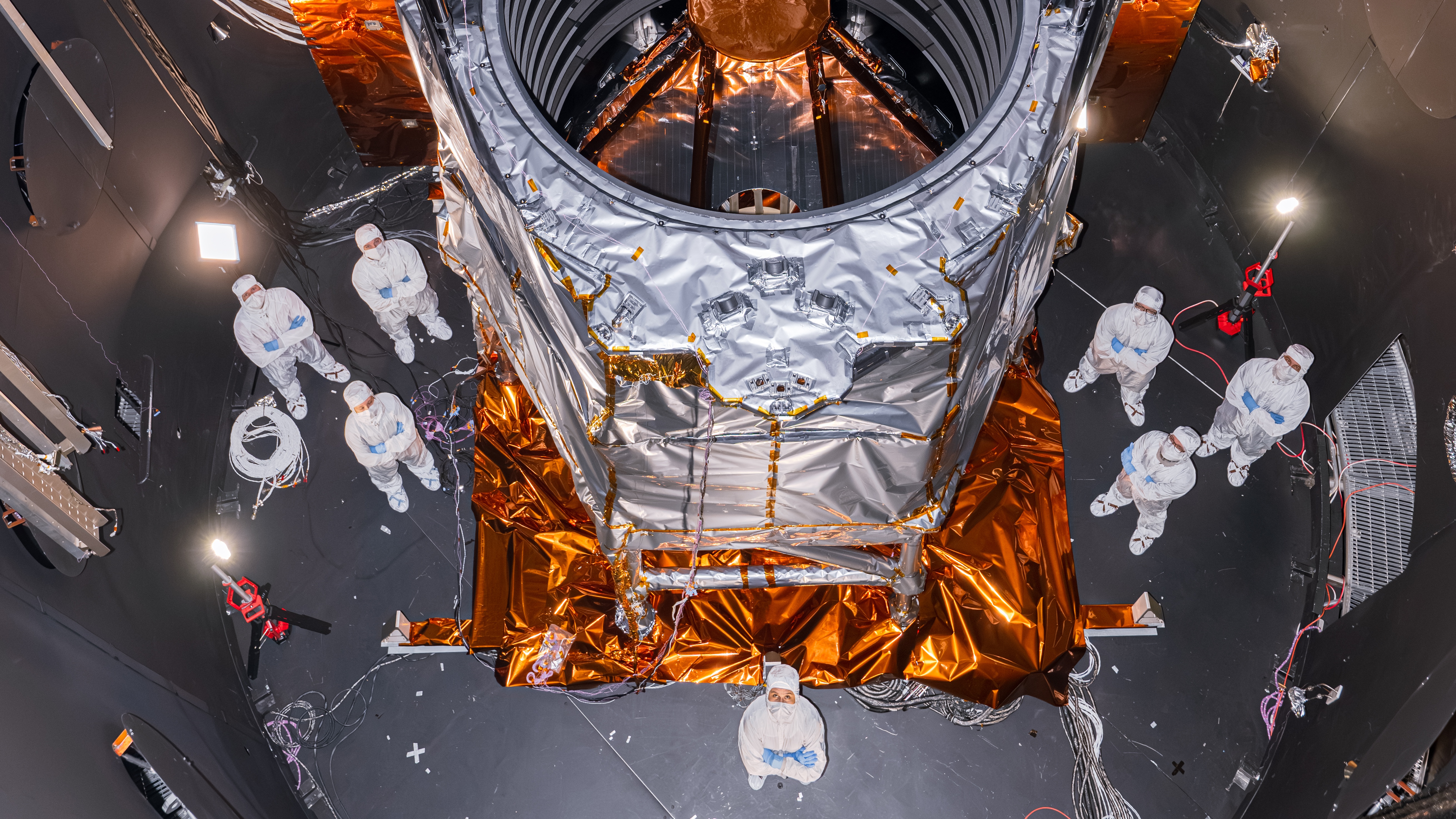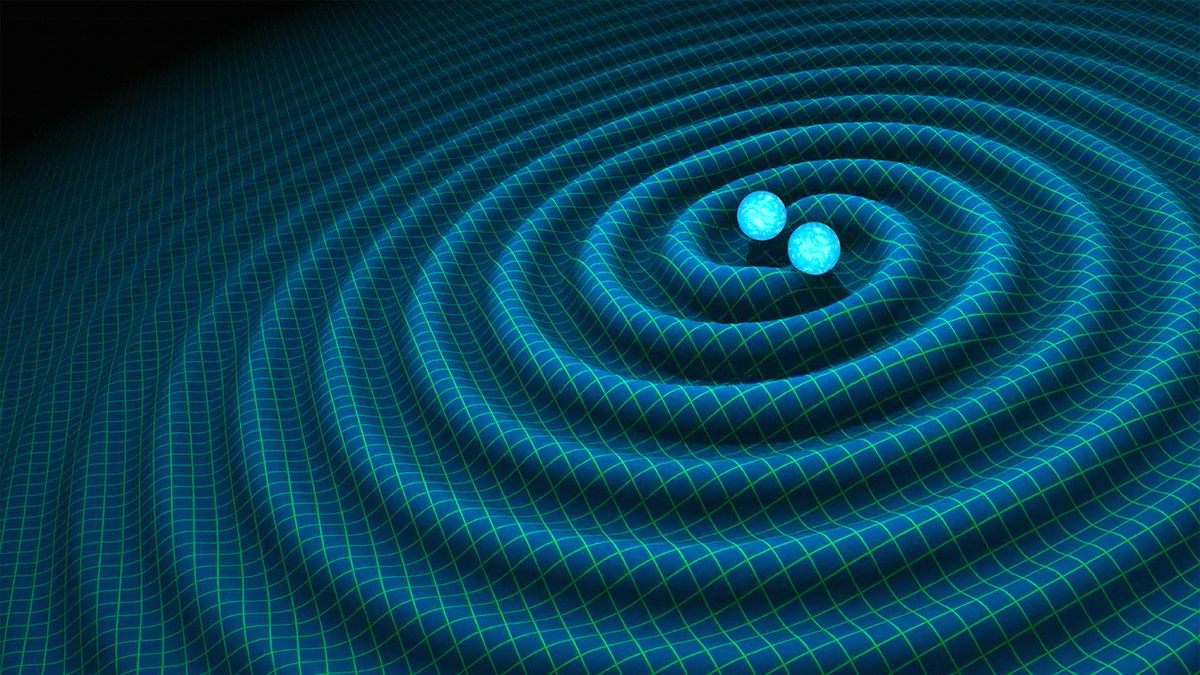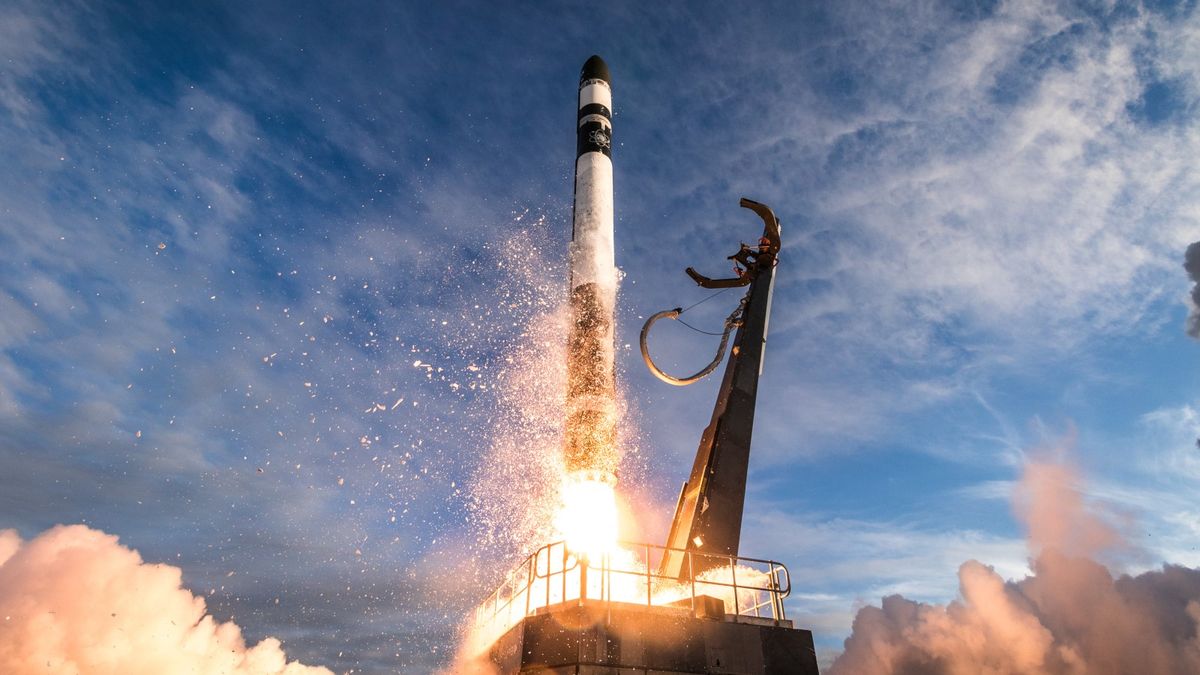NASA engineers have successfully completed testing on one half of the Nancy Grace Roman Space Telescope — a key step in making sure this future observatory will perform as expected once it reaches space.
"This milestone tees us up to attach the flight solar array sun shield to the outer barrel assembly, and deployable aperture cover, which we'll begin this month," said Jack Marshall, who leads integration and testing for these Roman Space Telescope elements at NASA's Goddard Space Flight Center in Greenbelt, Maryland.
"Then we'll complete remaining environmental tests for the flight assembly before moving on to connect Roman’s two major assemblies and run the full observatory through testing, and then we’ll be ready to launch!" he continued.
Launch is expected to occur sometime in early 2027. That timeline, however, could still be up in the air as the White House plans to slash NASA's budget in 2026. The drastic 24% cut — the largest in NASA’s history — would affect major projects like the Gateway moon-orbiting space station and Mars sample return, among others. Previously released "passback documents," which also describe possible White House fiscal year budget scenarios, suggested funding will be given for the Hubble Space Telescope and James Webb Space Telescope but not other telescopes. However, the agency is still awaiting a finalized budget.
For now, engineers are continuing their work on Roman. Back in January, before thermal testing could begin, engineers attached the telescope's visor-like sunshade called the "deployable aperture cover" to the telescope's outer barrel assembly, which will eventually house its powerful instruments. By March, they'd also added a set of test solar panels.
In April, this entire setup was moved into the Space Environment Simulator at NASA's Goddard Space Flight Center in Maryland — a giant chamber that mimics the harsh hot-and-cold temperatures Roman will face in space. Of note, those aforementioned passback documents had reportedly suggested the White House's possible cuts to NASA funding could see Goddard Space Flight Center shut down entirely.

"The test verifies the instruments will remain at stable operating temperatures even while the sun bakes one side of the observatory and the other is exposed to freezing conditions — all in a vacuum, where heat doesn’t flow as readily as it does through air," said Jeremy Perkins, an astrophysicist serving as Roman's observatory integration and test scientist at NASA Goddard.
Once Roman is out in orbit nearly a million miles from Earth, there's no easy way to send astronauts to fix it. That’s why NASA engineers work tirelessly to make sure everything deploys and operates flawlessly. No second chances.
Technicians are gearing up to connect Roman’s two main sections this November. Once joined, the telescope will officially become a fully assembled observatory by the end of the year. After final testing is complete, Roman will be packed up and shipped to NASA’s Kennedy Space Center in Florida to begin launch preparations in summer 2026.
NASA scientists say the mission remains on schedule, though they are working hard toward the possibility of an even earlier liftoff as soon as fall 2026.










 English (US) ·
English (US) ·